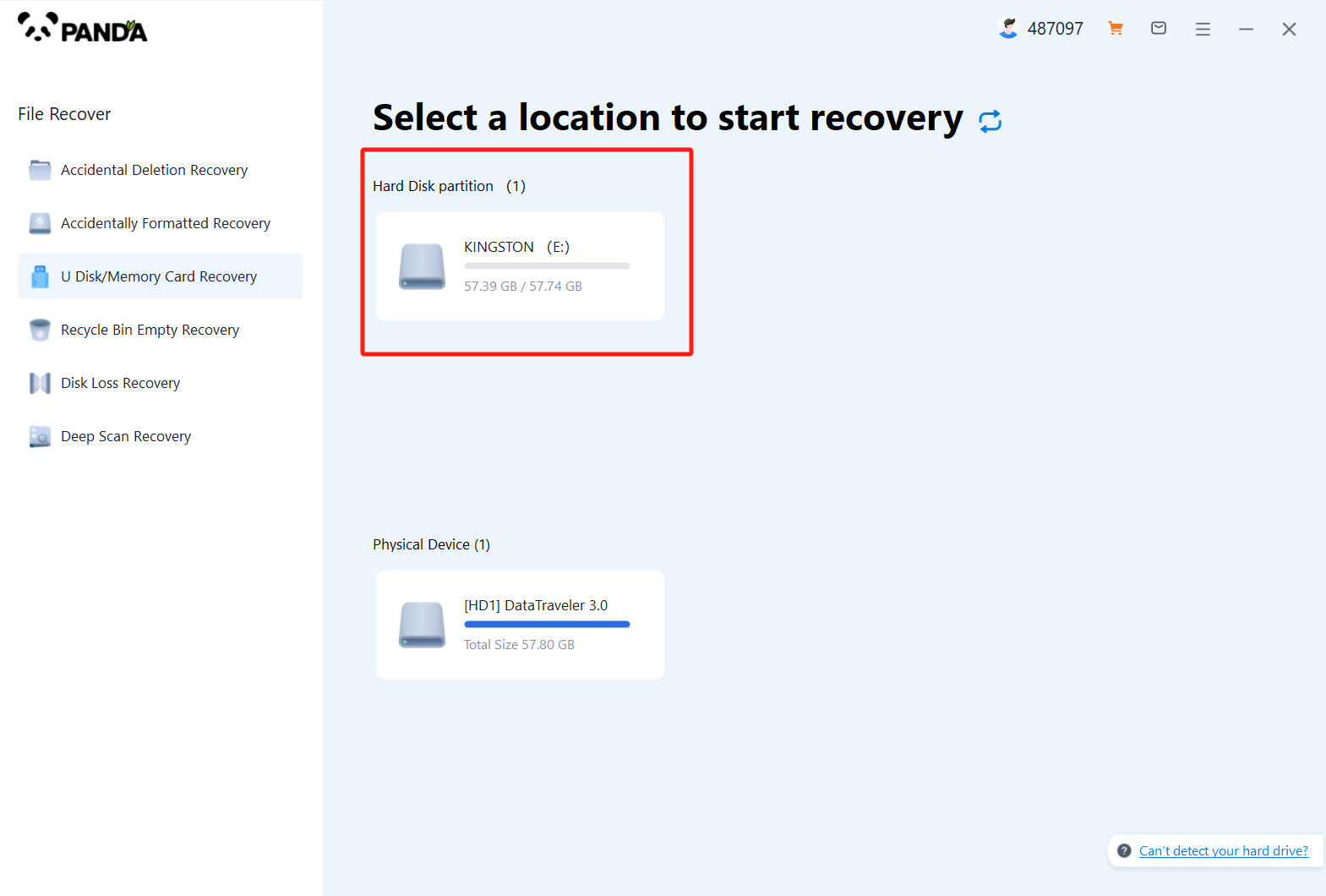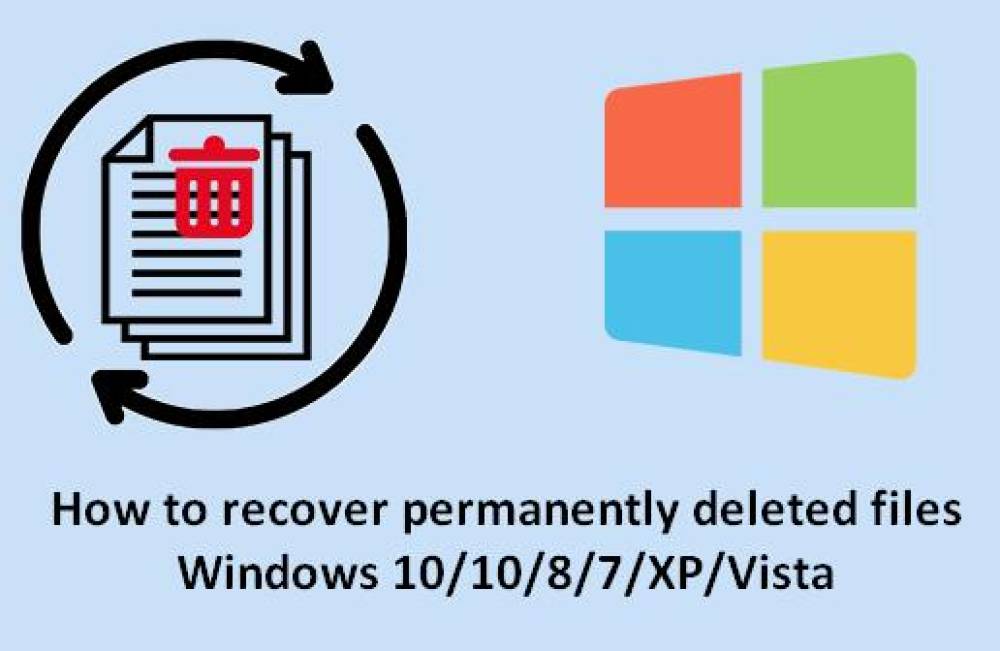1.Understanding Data Deletion
What Happens When Photos Are Deleted?
When you delete photos,the data is not immediately erased from the storage device.Instead,the space occupied by the deleted files is marked as available for new data.Until new data overwrites this space,the deleted photos can often be recovered.
Importance of Acting Quickly
Once photos are deleted,it's crucial to stop using the storage device to avoid overwriting the space with new data.The longer you wait,the lower the chances of successful recovery.

2.Initial Steps for Recovery
Check the Recycle Bin or Trash
For computers,the first place to check is the Recycle Bin(Windows)or Trash(Mac).Often,deleted files are moved here and can be restored easily.
Use Backup Services
Many devices have automatic backup services such as Google Photos,iCloud,or OneDrive.Check these services to see if your deleted photos are stored there.
3.Recovery from Digital Cameras and Memory Cards
Stop Using the Memory Card
Immediately stop using the memory card to prevent overwriting the deleted photos.
Connect the Memory Card to a Computer
Use a card reader to connect the memory card to a computer for recovery.
Use Photo Recovery Software
Specialized software can scan the memory card for recoverable photos.Popular options include:
Recuva:A free tool for Windows that can recover photos from various storage media.
PhotoRec:An open-source tool that supports many file systems and operating systems.
EaseUS Data Recovery Wizard:A user-friendly tool that supports a wide range of file types and devices.
Steps to Use Photo Recovery Software:
Download and install the recovery software on your computer.
Launch the software and select the memory card as the target for recovery.
Initiate the scan to search for deleted photos.
Preview and select the photos you want to recover.
Save the recovered photos to a different storage location to avoid overwriting other data.
4.Recovery from Smartphones
Check Cloud Backups
Many smartphones automatically back up photos to cloud services like Google Photos,iCloud,or Dropbox.Check these services for deleted photos.
Use Built-in Recovery Features
Some smartphones have a built-in"Recently Deleted"folder where deleted photos are stored for a certain period before being permanently erased.Check this folder for your deleted photos.
Use Third-Party Recovery Apps
For photos not found in backups or recently deleted folders,consider using third-party recovery apps:
DiskDigger(Android):A popular recovery app that can scan for deleted photos.
Dr.Fone(iOS/Android):A comprehensive tool that offers data recovery for various types of data,including photos.
Steps to Use Third-Party Recovery Apps:
Download and install the app on your smartphone.
Launch the app and grant necessary permissions.
Select the type of data you want to recover(e.g.,photos).
Initiate the scan to search for deleted photos.
Preview and select the photos to recover,then save them to a different location.
5.Recovery from External Storage Devices
Stop Using the Device
Cease using the external hard drive or USB flash drive to prevent overwriting data.
Connect the Device to a Computer
Connect the external storage device to a computer for recovery.
Use Recovery Software
Use the same recovery software recommended for digital cameras and computers:
Recuva
PhotoRec
EaseUS Data Recovery Wizard
Steps to Use Recovery Software:
Download and install the recovery software on your computer.
Launch the software and select the external storage device as the target.
Initiate the scan to search for deleted photos.
Preview and select the photos you want to recover.
Save the recovered photos to a different location.
6.Professional Data Recovery Services
When to Use Professional Services
If software recovery attempts fail or the storage device is physically damaged,consider professional data recovery services.These services can be costly but offer the highest chance of successful recovery.
Choosing a Data Recovery Service
Look for reputable services with good reviews.
Ensure they have experience with the type of device and file you need to recover.
Get a quote and understand the costs involved before proceeding.
7.Preventive Measures
Regular Backups
Regularly back up photos to cloud services or external storage to prevent data loss.
Use Reliable Storage Media
Invest in high-quality memory cards,hard drives,and USB flash drives to reduce the risk of data corruption.
Avoid Accidental Deletion
Be cautious when deleting files and double-check before confirming deletions.




